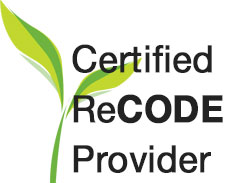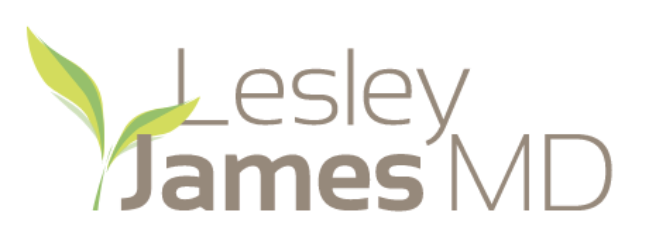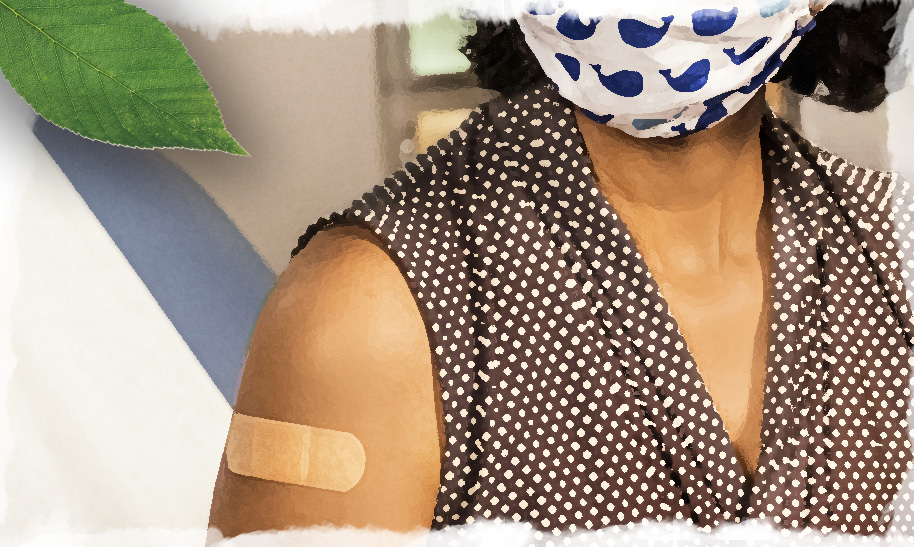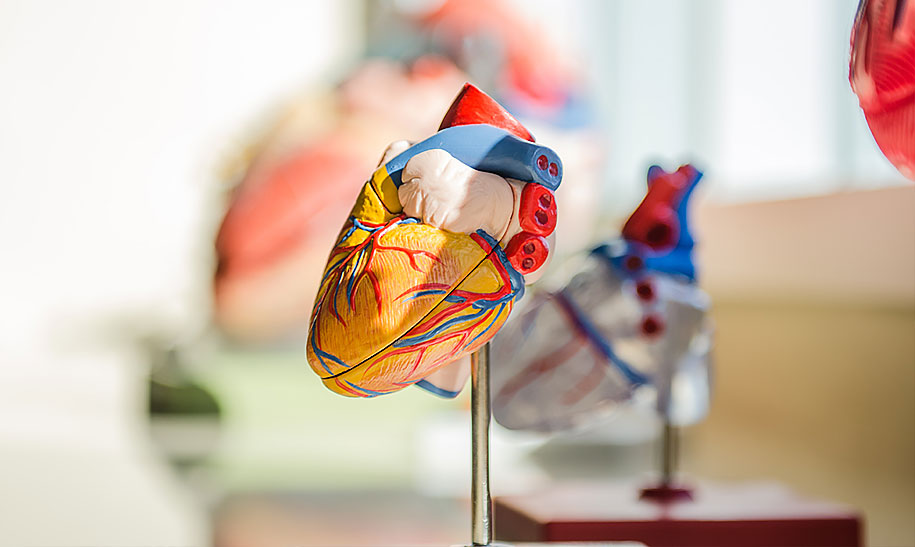While it may not make front page headline news anymore, viral infections haven’t gone away. Here are some common sense strategies to reduce your risk of getting sick this winter.
Continue reading “Reducing Risk of a Winter Infections”Thermography, Just Say No (and please get screened )
As we come to the end of the year I hope you have your breast cancer screening scheduled and caution you against the use of Thermography.
Continue reading “Thermography, Just Say No (and please get screened )”Are you under the influence?
In recent years, I have dedicated more and more time to debunking health misinformation spread by influencers. The significance of health literacy and evidence-based information has never been more crucial.
Continue reading “Are you under the influence?”Every Patient Has a Story to Tell: Narrative Medicine
Narrative Medicine uses a patient’s background and language to assist in clinical practice and research and is an effective and often cathartic approach to individualized healing. When physicians are able to address the personal “stories” that may work in conjunction with physical illness, we can validate the experience of the patient and promote a stronger relationship between patient and physician.
Continue reading “Every Patient Has a Story to Tell: Narrative Medicine”COVID-19 Brings Attention to Cardiometabolic Health
Every day I see patients with varying health challenges, many of whom are additionally metabolically unhealthy. With the risk of COVID-19, poor cardiometabolic health has gained more attention, and some experts are even referring to it as a pandemic within the pandemic. As a preventive integrative physician, I see this as an opportunity for many to focus on metabolic health and, hopefully, make lemonade from lemons.
Continue reading “COVID-19 Brings Attention to Cardiometabolic Health”Preventive Integrative Medicine, the Ideal Approach to Care
How could this have been prevented? This is a question I have been asked hundreds of times throughout my training and over the course of my career. As a resident learning about surgical procedure as pertains to obstetrics and gynecology, I clearly recall thinking beyond the surgery to how the need for the surgery may have been prevented. It was during this time that I decided to switch my concentration to family medicine, which would allow me to further focus on prevention.
Continue reading “Preventive Integrative Medicine, the Ideal Approach to Care”What is an Integrative Physician?
I recently wrote about the difference between Integrative and Alternative medicines, but you may wonder what exactly is involved in becoming a certified integrative physician?
Continue reading “What is an Integrative Physician?”Integrative Medicine is Not Alternative Medicine
Over the years I have been approached by patients who seek my care in an effort to bypass conventional medicine. It’s understandable, as many are dissatisfied by the tendency of conventional medicine to focus on high-tech interventions and pharmaceutical management of established disease. There are beneficial aspects of conventional care, most notably acute and surgical care, but I am concerned about those forgoing the preventive aspects of conventional medicine, such as cancer screenings, immunizations and medications that can prevent complications or progression of disease. In addition, I have also seen those declining curative cancer therapy.
Continue reading “Integrative Medicine is Not Alternative Medicine”Surgical Success: Connecting Mind and Body
After receiving my initial cancer diagnosis, I became acutely aware of making my day-to-day life more manageable, both mentally and tangibly. I feel very grateful for the advice and discoveries that helped to navigate my experience as a cancer patient and to live intentionally.
Continue reading “Surgical Success: Connecting Mind and Body”Hope for Alzheimer’s Patients
Alzheimer’s disease (AD) is the most common form of dementia and currently affects more than 5 million Americans and 30 million people worldwide.
Whether it’s an aging parent, a spouse, a coworker, a sibling or a friend, it seems we all know someone who has experienced cognitive decline. And it makes sense, as Alzheimer’s disease (AD) is the most common form of dementia and currently affects more than 5 million Americans and 30 million people worldwide. This devastating disease, along with its precursors, mild cognitive impairment (MCI) and subjective cognitive impairment (SCI), have become the most significant healthcare problems both nationally and globally.
Evidence that shows the symptoms of Alzheimer’s Disease may be partially reversed
Fortunately, progress is being made. Dr. Dale Bredesen, a neurologist who has spent more than 30 years researching Alzheimer’s disease, has created training on its treatment and prevention, known as the Bredesen ReCODE (Reversal of Cognitive Decline) Protocol. Treatments for Alzheimer’s disease and dementia have been largely ineffective thus far because they fail to slow disease progression, but through Dr. Bredesen’s teachings we are seeing evidence that shows the symptoms of Alzheimer’s Disease may be partially reversed, even in advanced cases, and have returned many patients to their pre-diagnosis levels of cognition.
The Bredesen ReCODE Protocol
So, what is the process? By applying key concepts of functional medicine, identifying lifestyle factors, administering tests and designing customized treatments for patients, the Bredesen ReCODE Protocol recognizes some 150 factors that contribute to Alzheimer’s disease. Specific tests are used to measure underlying factors that cause the disease, and a comprehensive plan, personalized for each patient, addresses lifestyle factors such as diet, sleep, stress management and exercise, as well as gut health, hormonal balance, environmental exposures, infectious triggers and more. The relatively simple and often low-cost solutions to treatment and prevention of aging-related mental disorders includes direction on factors such as nutrition, supplements, mental and physical exercise, stress reduction, intermittent fasting. Following this organized, multifactorial protocol, symptoms of mild cognitive impairment and early AD may often be reversed within six months after treatment. Radiologists have reported that MRI tests, which previously showed typical symptoms of Alzheimer’s in the brain, have returned to normal and research has shown patients returning to work, resuming driving and living as they did prior to mental decline.
Following this organized, multifactorial protocol, symptoms of mild cognitive impairment and early AD may often be reversed within six months after treatment.certified ReCODE Provider
Dr. James is a certified ReCODE Provider
 Alzheimer’s is something that I am acutely passionate about, having lost my father to the disease and witnessing first hand its devastating path. And so, I am honored and excited to announce that I have completed the Bredesen training and am now a certified ReCODE Provider. As a functional medicine practitioner, studying this method of treatment is a natural next step for me, and I so look forward to sharing my knowledge with those in need and implementing what I have learned to begin the process of bringing hope to Alzheimer’s, SCI and MCI patients. Through this encouraging research and treatment, I am confident that we will continue to make great strides in reversing cognitive decline.
Alzheimer’s is something that I am acutely passionate about, having lost my father to the disease and witnessing first hand its devastating path. And so, I am honored and excited to announce that I have completed the Bredesen training and am now a certified ReCODE Provider. As a functional medicine practitioner, studying this method of treatment is a natural next step for me, and I so look forward to sharing my knowledge with those in need and implementing what I have learned to begin the process of bringing hope to Alzheimer’s, SCI and MCI patients. Through this encouraging research and treatment, I am confident that we will continue to make great strides in reversing cognitive decline.











